We want you to throw big parties and win big (big!) prizes from Le Creuset. (Find out more here.)
All week, we'll be featuring food-lovers and friends Sara Franklin, Neftali Duran, and Sally Ekus as they plan and throw an Oaxacan-style goat roast.
Today: Sara tells us the inspiration and history behind their Big Feast.
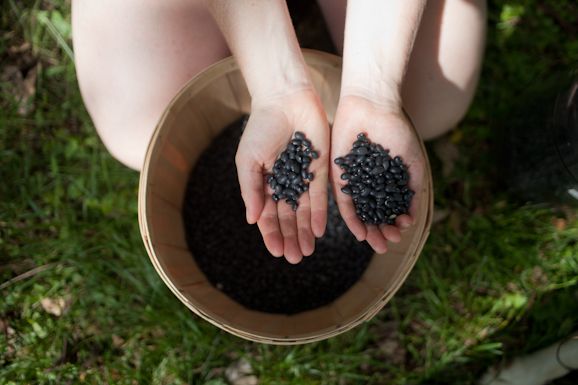
It was the day after Christmas when my boyfriend, Neftali, called from Oaxaca, Mexico. He and his twelve-year-old son, Emiliano, were visiting family there over the holidays.
“Baby, we’re going to kill a goat down here!” Nef exclaimed into the phone. “And then eat it!”
I could practically see the grin, bookended by dimples, and the twinkling eyes at the other end of the line. Nothing, nothing, gets Nef excited like a big cooking project. It’s even better if it involves many steps, lots of time, a big crowd, and meat.
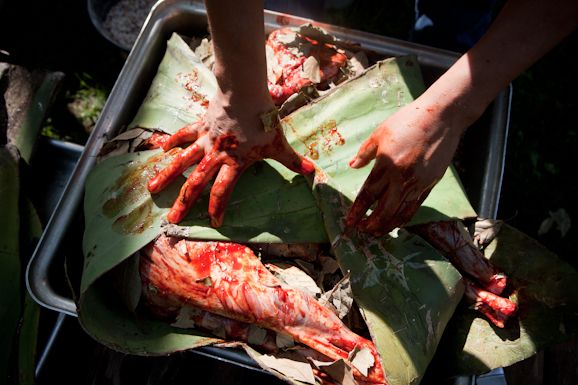
When Nef arrived back in the States the following week, I got the whole scoop. He described for me the process of slaughtering the goat—every bit of which was, of course, saved for various preparations—and the chile rub used to season and tenderize the meat. He spoke of the various kinds of leaves that were wrapped around the meat to keep it moist, and the cracked corn—or masita—that was set in a pot beneath the goat to catch the fatty, flavorful drippings. He recounted lining a pit with terra cotta bricks and river stones, how he and the other men in his family built a fire to heat the in-ground oven overnight and then, just after dawn, how they lowered the goat into the ground and the pit was covered.
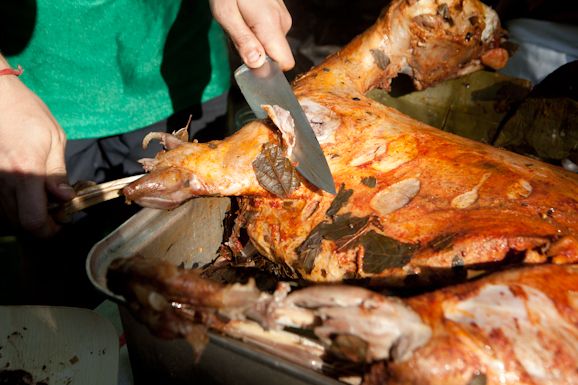
In mid-afternoon, after many hours of revelry and prep work, the pit was uncovered and the goat—succulent and falling-off-the-bone tender—was lifted from the ground. The blood—which had been saved and cooked, seasoned with herbs and spices, in the goat’s stomach—was served as a sort of Mexican blood sausage. A huge pot of consommé made from offal and fresh vegetables graced the table. The goat was hacked up into manageable chunks, and the whole spread was served family style at long tables, accompanied by homemade tortillas, cilantro, chopped onion, a spicy salsa verde and a creamy, acidic guacamole de taqueria.
“I want to do it at home,” Nef told me as he reminisced, eyes gleaming. “For my birthday maybe? I already have the pit that I dug last year for the lamb…” (I told you this guy is built for big food projects!).
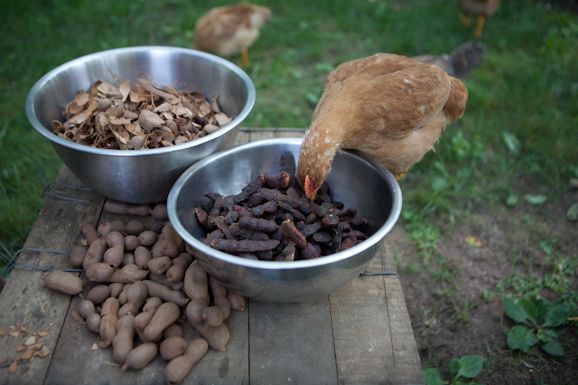
In preparation, I began to do my homework, both reading up and peppering Nef with questions. The goat, and the tradition of barbacoa, have both become somewhat iconic in the Mexican state of Oaxaca. Goat, originally brought to Mexico by the Spanish, is one of the easiest and most affordable animals to raise in the hills of Southern Mexico. But whereas once the practice of cooking a whole animal in the ground was reserved only for holidays and special occasions, now a growing tourist economy in the State has made it easy to find barbacoa on any given day in restaurants and agrotourisms.
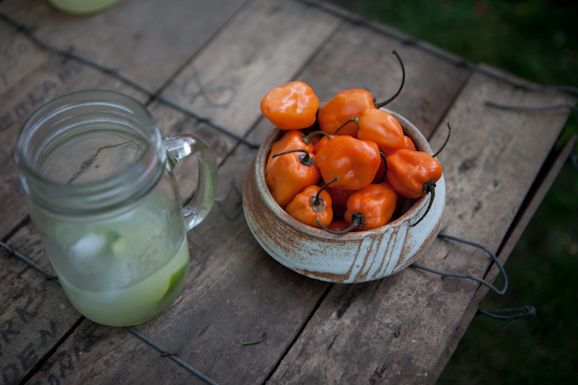
Nef’s experience, though, was a traditional one, with everything from slaughter to dinner happening on a family ranch, with knowledge and instructions coming from the seasoned older family members. The men were in charge of the slaughter and the fire, while the women made tortillas, prepared vegetables, salsas, and beverages.
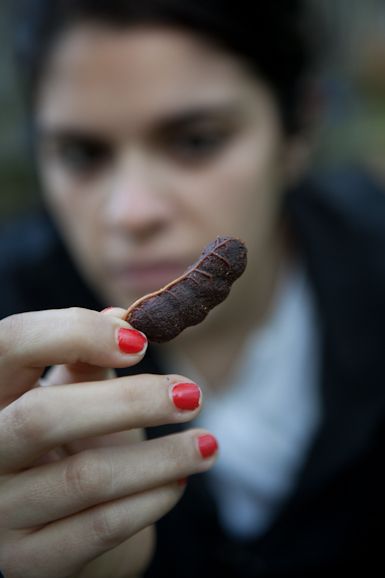

We knew our Western Massachusetts interpretation of the ritual would be a bit different—and indeed, we wanted the spring bounty and deep sense of place in our valley in Western Massachusetts to be reflected in our feast—but we remained determined to keep the cooking methods and recipes as traditional as possible.
I’ll admit, I was daunted. I’ve never thrown a party of such scale or intricacy. But with a little encouragement and an offer to co-host from our master planner and friend, Sally Ekus, we marked the Sunday before Nef’s 34th birthday. And with an invitation out to all our closest friends and foodie connections, there was no turning back.
Check back to see Sara, Neftali, and Sally's post tomorrow, Building a Fire Pit.
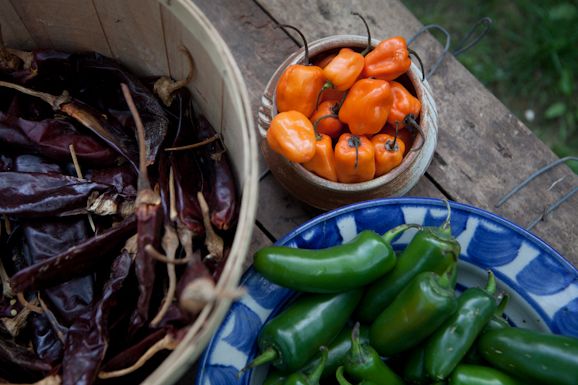
Photos by Ilana Panich-Linsman
Le Creuset has generously offered to reward our Big Feasters for all their hard work, and as our fourth Big Feast, Sara, Neftali, and Sally will win, in the color of their choice (flame, cherry, cassis, fennel, Caribbean, dune, Dijon, or Marseille): an Oval au Gratin, a 10 1/4-inch skillet, and set of multi bowls. Pitch us your Big Feast at [email protected] for a chance to win up to $500 in Le Creuset booty.

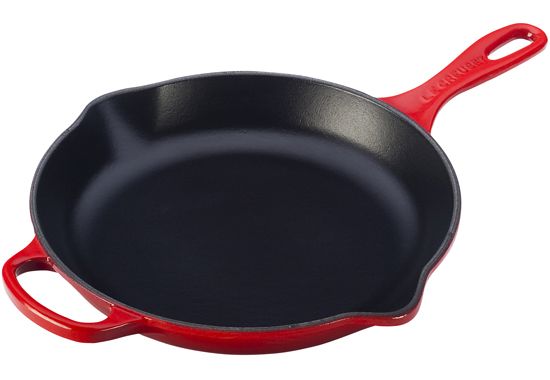














See what other Food52 readers are saying.